Bitter
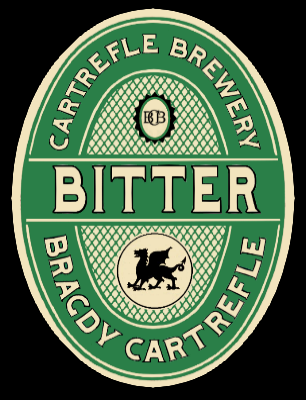
Bitter: My recipe ends with a
ABV on average of 3.4 % the colour is a dark and deep amber the
taste is mildly fruity, malty and easy on the tongue.
Cider
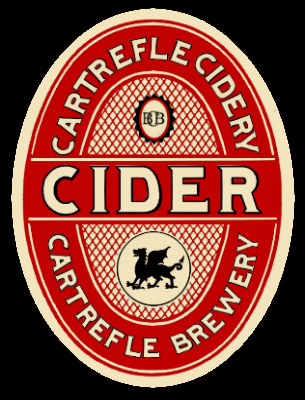
Cider: A unique great tasting
fruit cider that contains real fruit juice my cider has a fruity
flavour that follows through every drop with an ABV 4.5 % but
sometimes can get as high as 5.8 %, with cider I always seem to get
this variation.
Lager
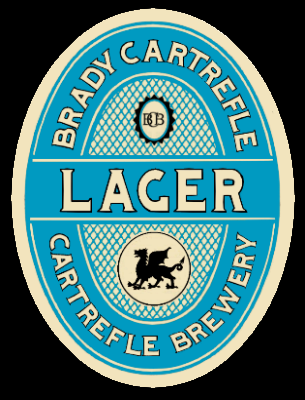
Lager: With lager I tend to
stick to American kits as I find them best, I brew this for the
youths in the family as I am not a big lager fan, but a very
refreshing finish most times with an average ABV of 5.2 %.
Cyser
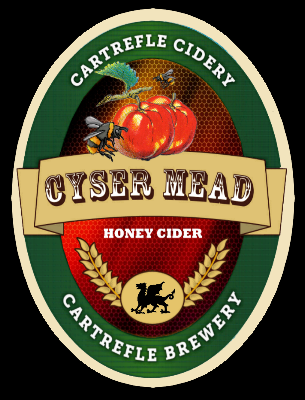
Cyser: Fermented from our own apples and honey creating a great tasting drink with a higher than average ABV of 7.0 % or more.
Extra Special Brew
I find that when it looks like there is going to be a
special occasion such as birthday, family get togethers, I will make
an extra special brew.
This means I will take extra care
when bottling up and a specially sterilised filter, this extra
filtration makes a more clear body and takes a lot of the potential
nasty tastes away, I also now use the Mini Keg as well as bottles.
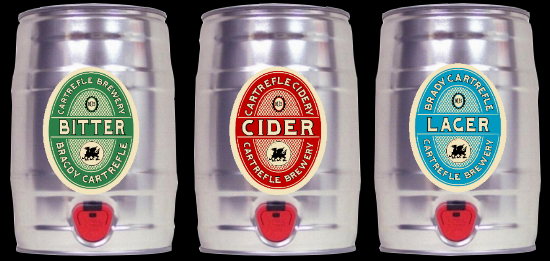
Mini Kegs are becoming the big thing now, you can put
them in the fridge for chilling and there are a world of accessories
available and even little jackets to keep them cool, they are fully
cleanable and reusable.
Some extra tips on cleaning and
serialising, I use my wife's steam cleaner I got her as an
anniversary present to clean all work surfaces down before brewing
and they work well in the shed as it cleans and sterilizes wood too.
Enjoy And Stay Safe
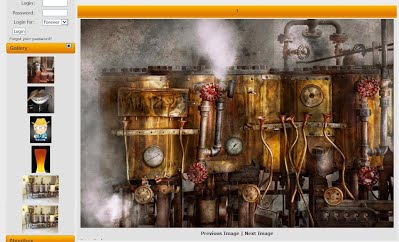
17 Brew Crew
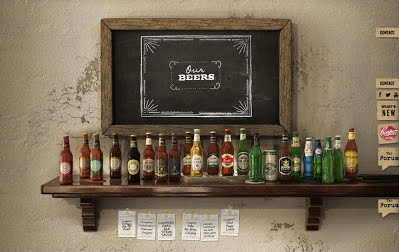
Coopers Brewery
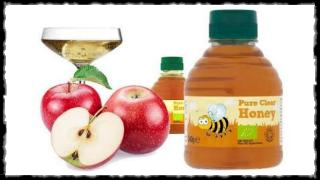
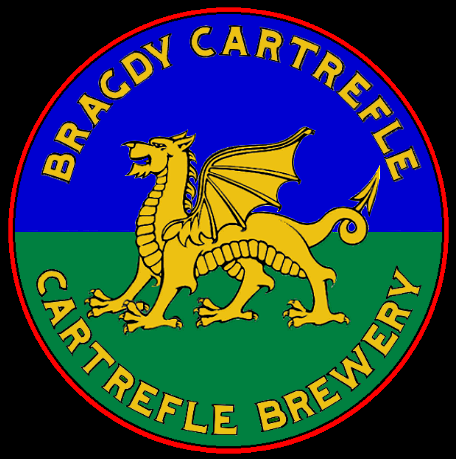

|
Home Brewing For The Newcomer Or Person
With A Disability
By M E
Stephens
Hi everyone, my history as a home brewer goes back to my mid twenties when I was living away from home, in those days I did not get back home very much very much and I missed the brewery I grew up with and it’s range of Bitter, Stouts and IPA's. I was particularly a big fan of the bitters.
So with
my friends we used to brew our own and getting together for parties
and dinner it was a great time and gave me a chance to try mastering
my own brews, trying to match the quality and taste of the
Brewery back in my home town.
So now with over 30 years experience of
home brew I find I can produce most of my favourite flavours from
the past. However, I now have a problem with my old age and that's
why I thought I would write a bit about home brew and how I have
simplified it in my life to suit my old age. If you are a first
timer at homebrew then it will help you too.
Hay, I am not
saying this system is just for new comers and or persons with a
disabilities like myself, it is a well respected, tried and trusted
way to a make homebrew many people use it for many reasons, it
maybe, they don't have a lot of space or time for big brews and this system is not really that new and I
started using it a few years back. So what is it?
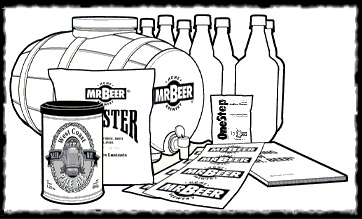
Well it's from Australia and America, 2 gallon keg
called Mr Beer, the kind of problems I have are; not being able to
lift heavy amounts or large containers but this system is so simple
and helps me no end. Plus you can either use ready mix packs or like
myself use stock from the local home brew shop and mix up your own
recipes.
If you are just starting out you may want to use
the companies own ready to use packs, simple and straight forward.
The actual barrels are easy to handle and clean and because they are
small my wife does not mind when I can't manage and she happily
cleans and sterilises them for me, something she would never do with
my old brew equipment.
One of the key things about home brew
is to keep your work area and utensils as clean as possible, I
recommend rigorous sterilisation of your brew equipment and if you
have access to a steam cleaner use that to deep clean your working
area too, see tips in extra special brew to left.
I am also
lucky that she is an expert when it come to baking and cooking so
getting help in my recipes, but sneakily this leads her to giving me
a hand with heating of the malt extract for wort, which is the next
step of the brewing process. Hay if I can brew with all my
disabilities problems anyone can, ok!, yes I get lots of help.
Both the new comer and experienced brewer will find it
straight forward and an easy process to follow, the other thing is
unlike my old brewing practices you don't end up with too much beer,
I have found as I got older I drink much less, but even if you are a
big drinker these smaller amounts of brews allow you to do more than
one type at the same time.
I don't wanna get to mardy about
my recent disabilities of arthritis in multiple joints though out my
body plus a autistic amplified pain disorder were my network of nerves are not
working properly so at times it's almost impossible for me to carry
out the smallest of tasks
But on the upside, it was my life long disability of
autism that first got me interested in pubs, breweries and
breweriana. You see I am a autistic person born with an Autism
Spectrum Disorder, it was by the very nature of this
disability that started me off as a collector of breweriana and a passion for brewing.
First I
collected cigar packets, tubes and tins, then I started on cigarette
cards and then beer mats. My father used to leave me outside the
pub with a bottle of Lemonade and packet of crisps but it was
the collection of beer mats I eagerly waited for. The fascination
for pub stuff grew and grew over the years and so did my collection
until sadly for me it was all destroyed in a fire at our home.
It was not long before I started to get an interest in the
science side of brewing and this I am sure lead me to brewing
myself. I like to keep things simple now, so I stick to just the
main 4 brews, Bitter, Cider and Cyser. All
very simple and easy to do. If you have lots of bottles and good
storage area you can create quite and impressive store and varieties
which is great for when the family call or that hot summers day when
you break out the barbie.
Back to brewing, once you have
done your mix and got the mixture moved into a safe place to leave
for the fermentation takes over, this starts with sprinkling the
yeast into your Mr Beer keg, allow mix (recipe) to stand for about 5
minutes and then give it one last good stir then screw on lid. Oh
and don't forget the brewers pray.
Fermentation will take
place best is an even temperature between 68°-76°F avoid bright
lights and especially direct sunlight. Place in a location with a
consistent temperature. Fermentation will take a minimum of seven
days with a pre mix from the manufactures but if you are using your
own recipe you will probably like myself know exactly when it will
have finished, if not, a chat down your local home brew shop will
give you all the answers and its good to experiment.
Once
the fermentation has started its best left alone and in my early
days I was like many new comers tempted to take a peek inside, this
was bad news often letting out important gasses and letting in
bacteria, which lead to a bad tasting beer. With this system there
are ventilation notches to prevent it from exploding during the
fermentation process and regulate the brew activity.
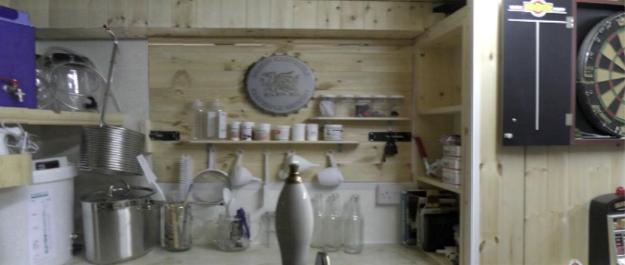
In my mini microbrewery, pictured above, I have
blocked up ventilation notches on the lid by using a rubber gasket,
and made a hole in the lid to take a more traditional type of
fermentation bubble air lock, this allows gases to escape while
preventing oxygen and stuff from the atmosphere getting in and
potentially spoiling the beer. Although the notches on the lid work
very well I find a one way valve has slightly improved everything
and I have had no spoiled brews since changing to it.
Moving
on, at the end of your fermentation you will start the bottling and
carbonating. Your beer should look quite clear and there should be a
settled layer of sediment visible on the bottom at this point try
not to move your fermentation vessel. This is a good time to draw
some off from the tap to give it a taste, make notes of how it
tastes and how long it has been fermenting, it will taste flat, but
you don't really want it to taste sweet and if it does give it
another day or two.
Keeping records like recipes is not just
for those in the kitchen keeping good notes of brewing times and
your thoughts on how it is tasting will help you become a master
brewer.
Into the bottle, like all your brewing equipment
your bottles have to be washed and sterilised. Next you add
granulated sugar to bottles, the amount will depend on two factors
the size of your bottle and the recipe you are following, if in
doubt follow the manufactures directions or again have a chat with
the local home brew shop.
When we were young, we tried all
sorts of stuff to try to make it stronger or quicker, but in the end
it is always best to follow the instructions fully, once you become
accomplished at following the brew procedures then you can start
experimenting.
Once you fill the bottle with sugar and beer
put the cap on give it a shake, have some labels ready, at first it
might be a good idea to write the details of times and dates on them
so you don't mix up new batches with old.
A note on labels,
you can with the technology we have today design online and download
your own fancy labels like I did with my ones, see the link to right. Make a name
for yourself and your brewery.
Continuing with the brew, you
must allow a minimum of 7 days at room temperature to carbonate brew
once in the bottles for best results in carbonating let bottles
settle for 2 or 3 weeks, after 2 week you can test one to see what
you think, does it need longer?
This period of conditioning
is important to many brewers, with many recipes the longer you leave
it the better the taste, this is certainly the case with Lager, here
once again have a chat down the local brew shop. As we are doing all
this at home and conditions are not as rigorous as the mass brewers
then it is probably best to drink your beers within 4 to 6 months
but caution is advised after 4 months. Again it's best to check with
the manufacture of the product you are using or again discuss it
down the store.
There are lots of brew clubs out there and
some of the homebrew shops can seem like a club, finding a good
store with nice people is the best way forward in the world of
brewing.
So where ever you are brewing you will find these
smaller and more compact systems great fun with lots of benefits. I
am fortunate I have lots of room and I have a dedicated
areas I call my microbrewery and cidery. As you see, just for fun, I have named them
Cartrefle Brewery and Cartrefle Cidery.
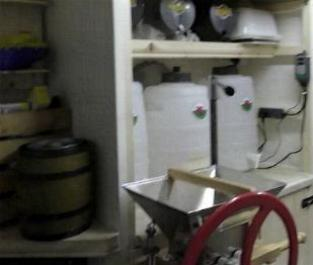
You don't have to go the whole hog and
build a mini microbrewery or cidery like I have, this system works well
in a standard size kitchen or in your own home, without putting the
family out, meaning the other half, but in time you will build up a
nice little system you can be proud of too.
I can promise
you once you have mastered the simple basics of brewing it will open
up for you a whole world of possibilities and is a great hobby that
will follow you through life. Bear in mind what I have been sharing
with you here, is the basics and the information is for the new
comer and the older, possibly like me a disabled brewer, who is
struggling. I can honestly say without moving to these smaller
systems of brewing I would have given up long ago. My special thanks
goes to Mr Beer, oh and not forgetting my wife.
Happy Brewing To You All,
Yours Mr M E
Stephens.
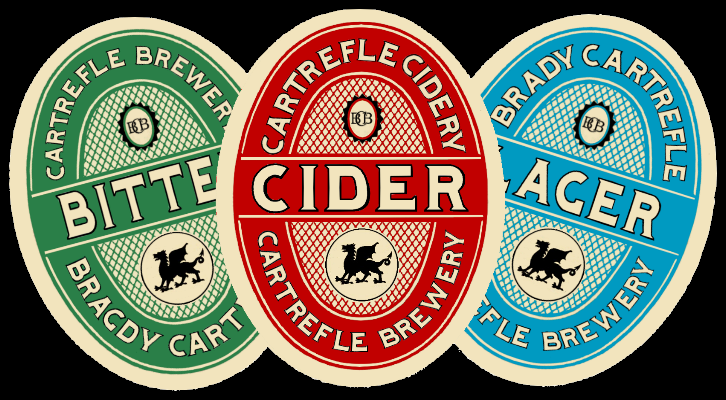

|
|